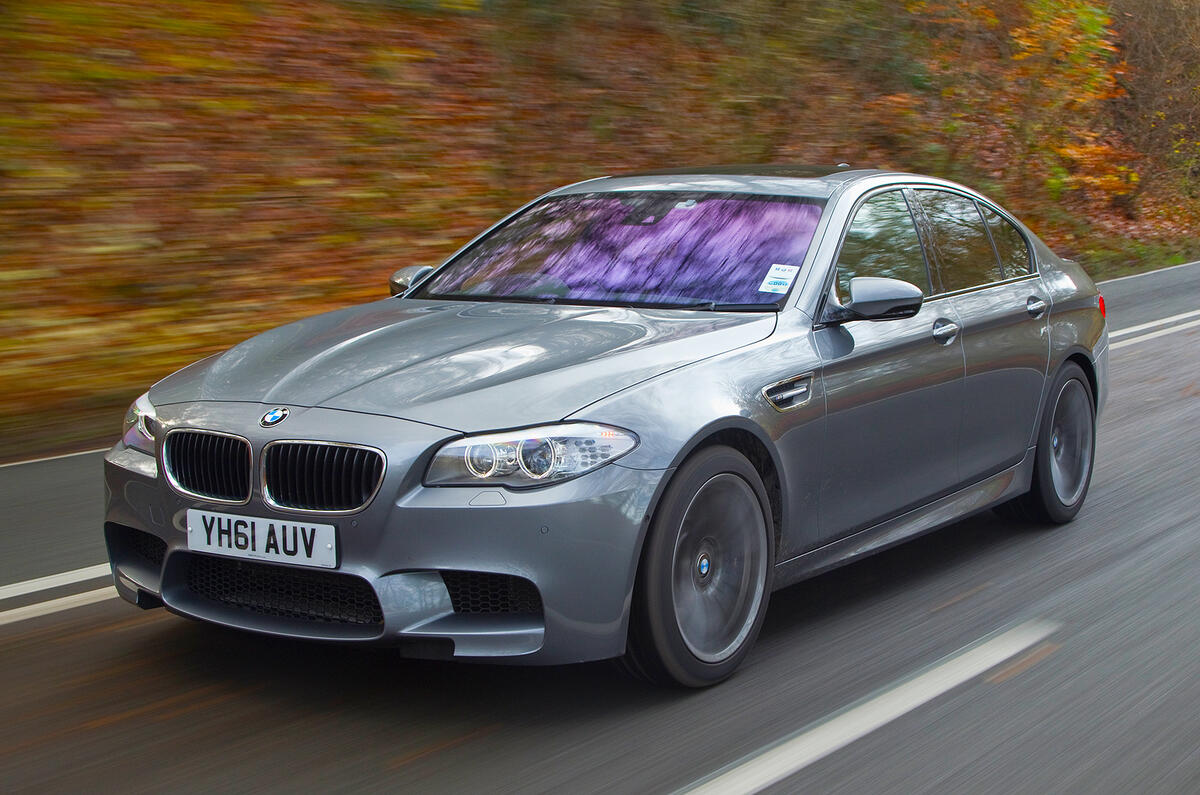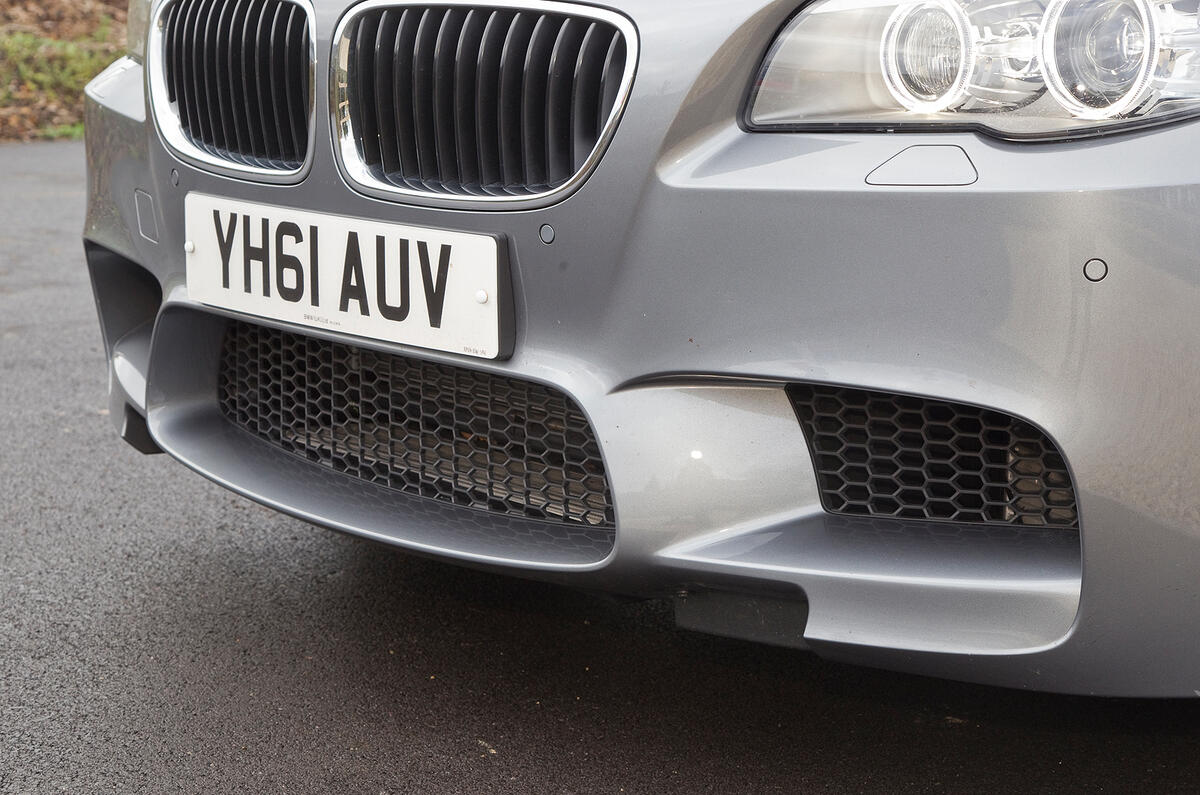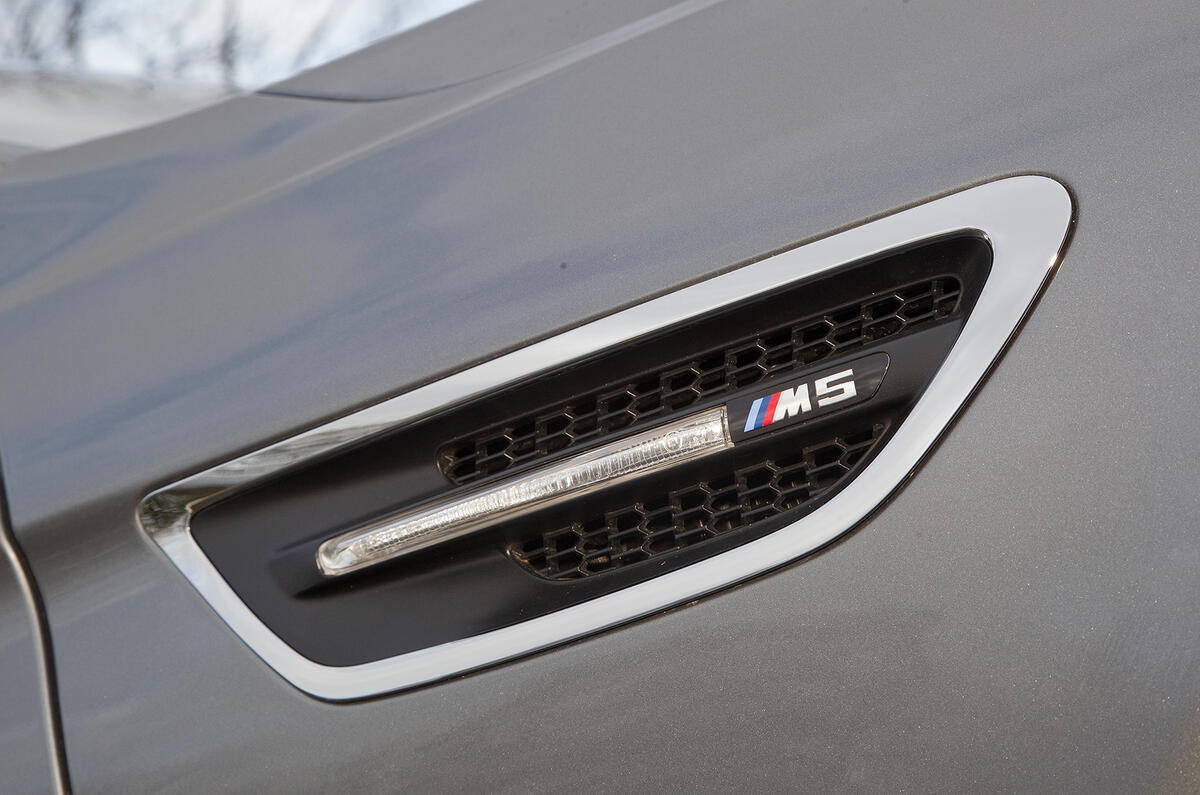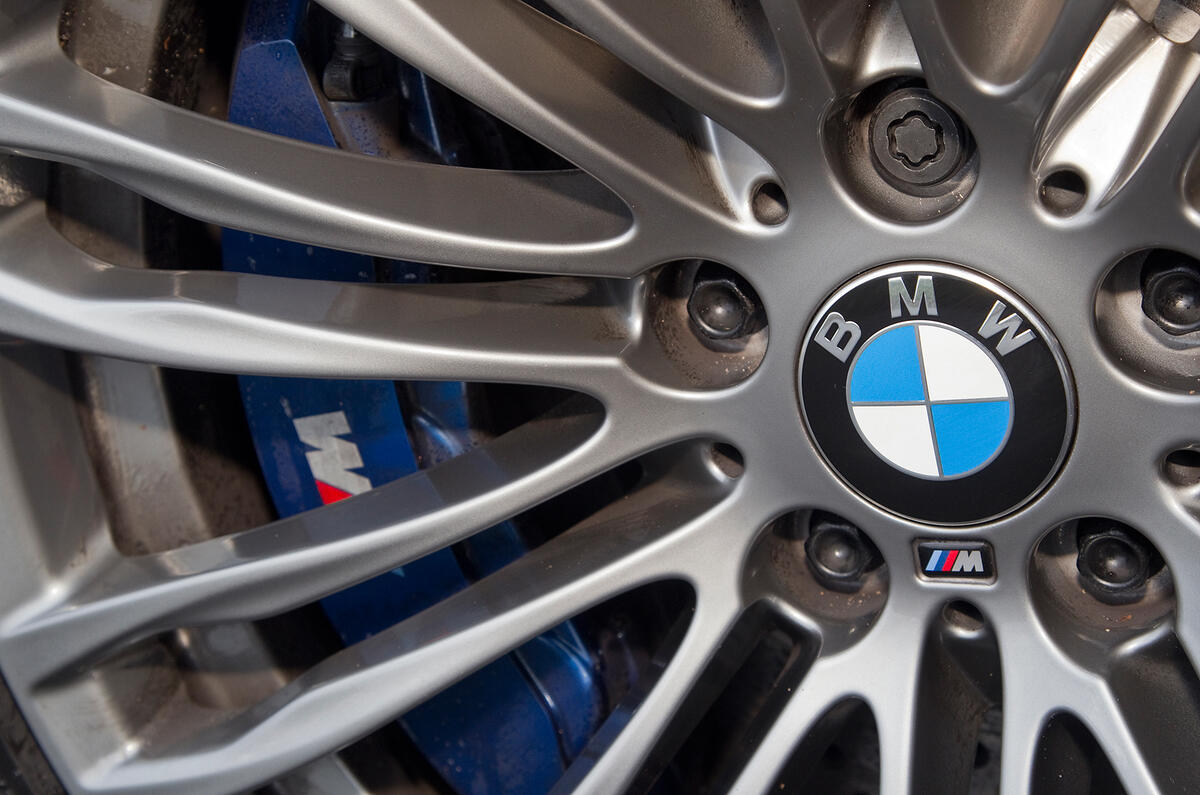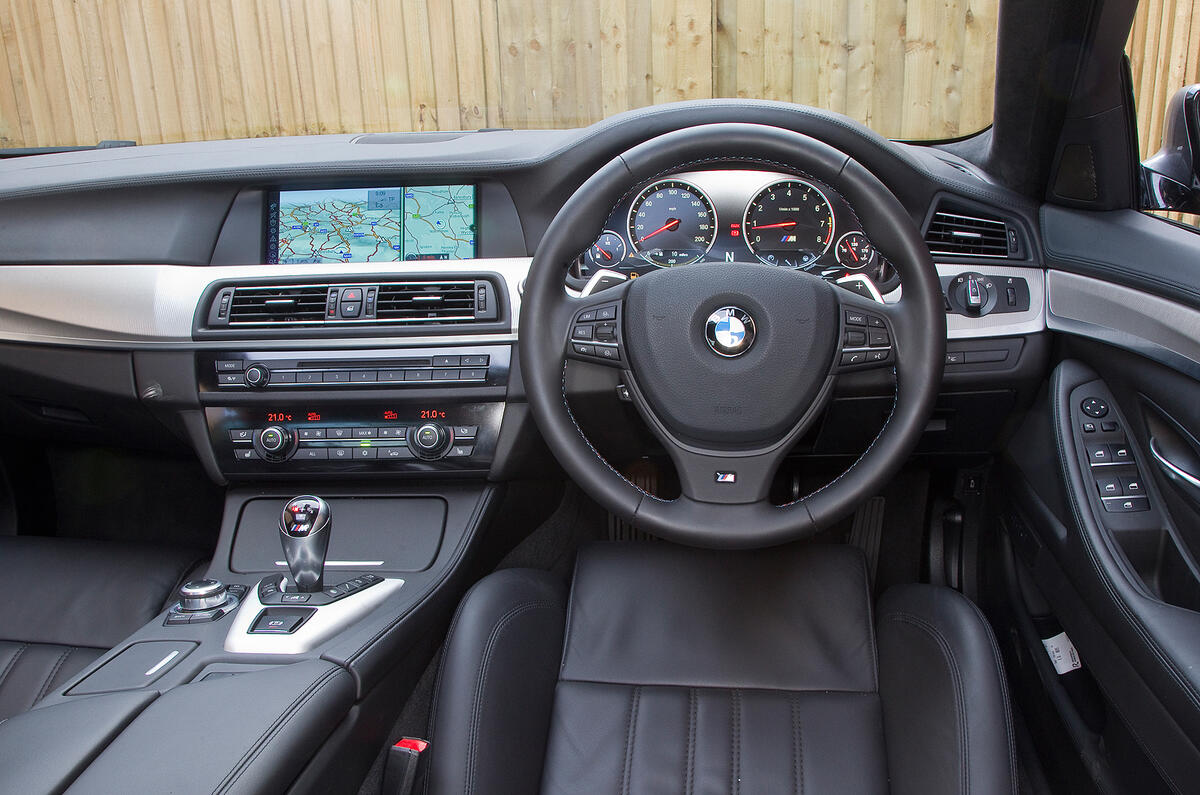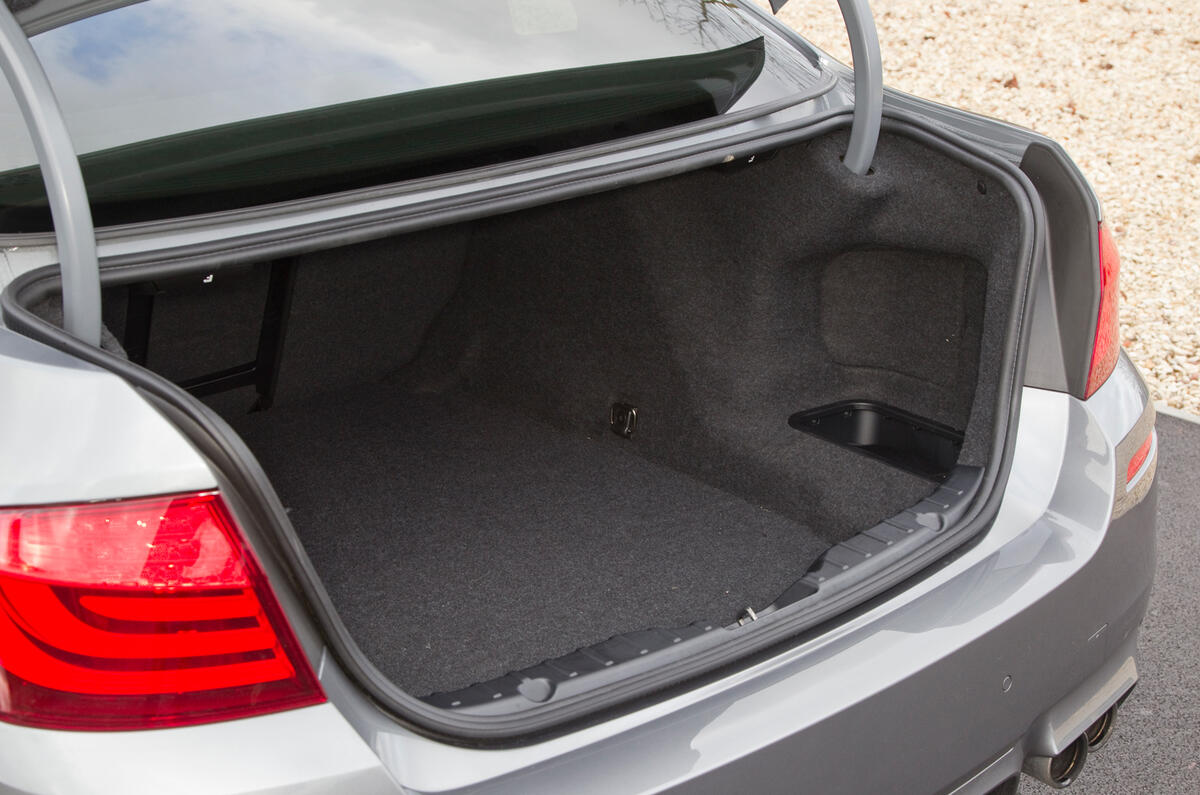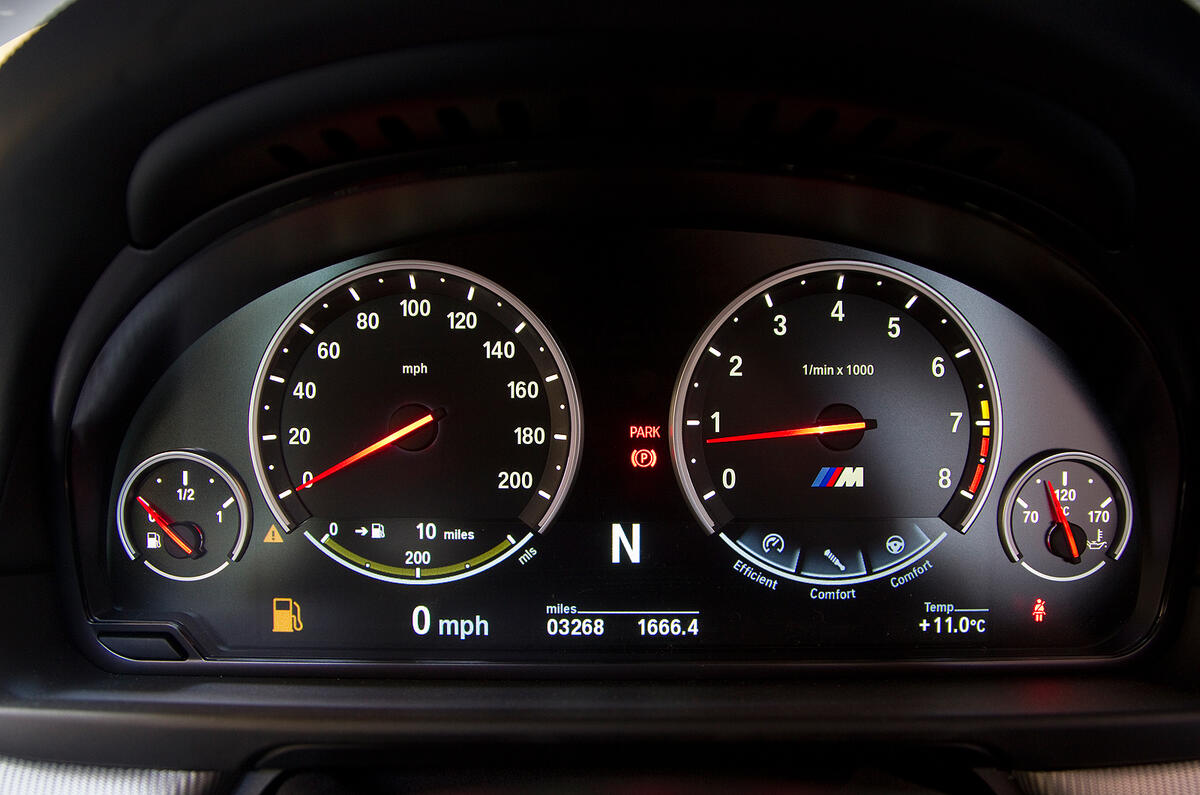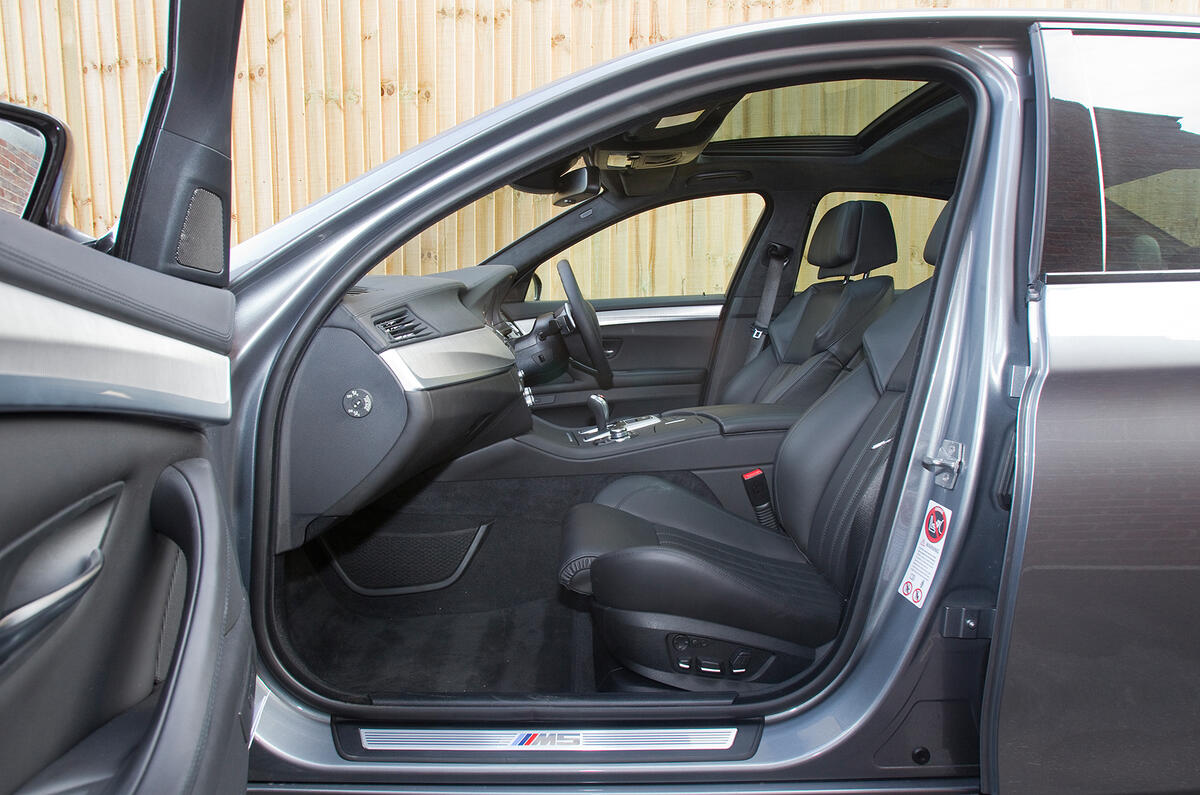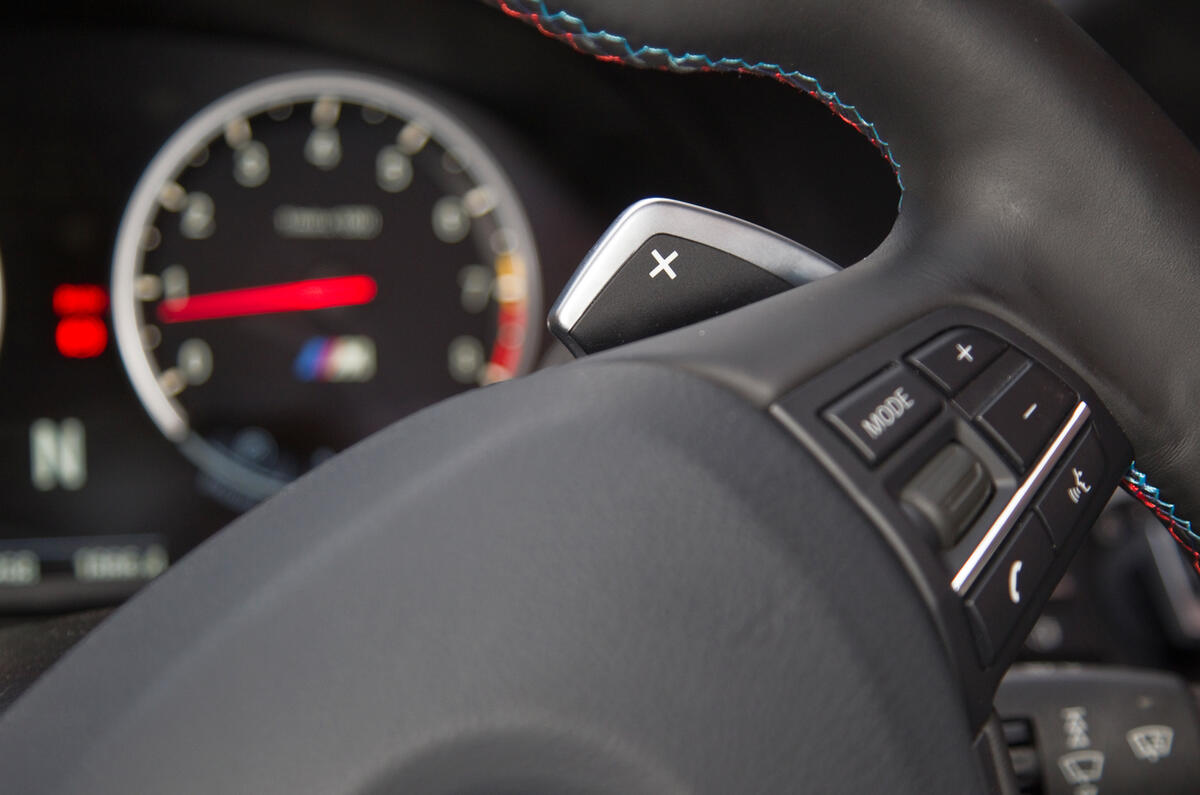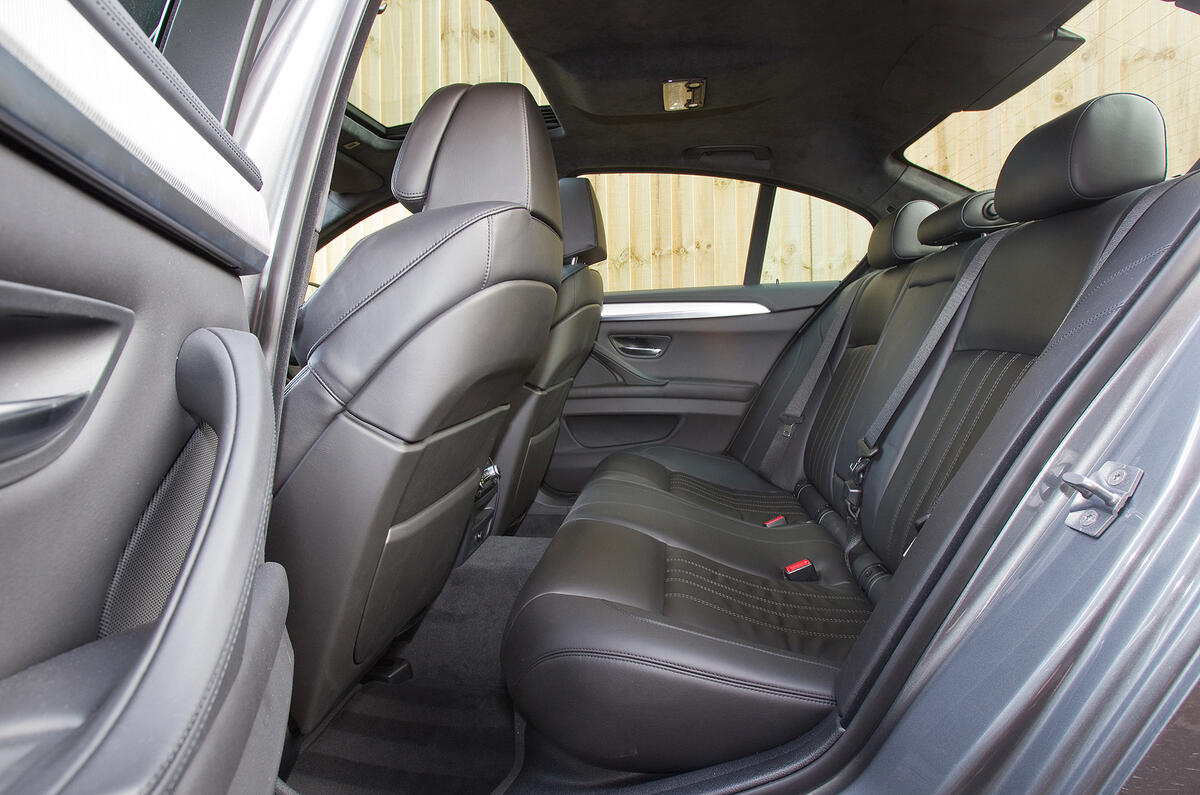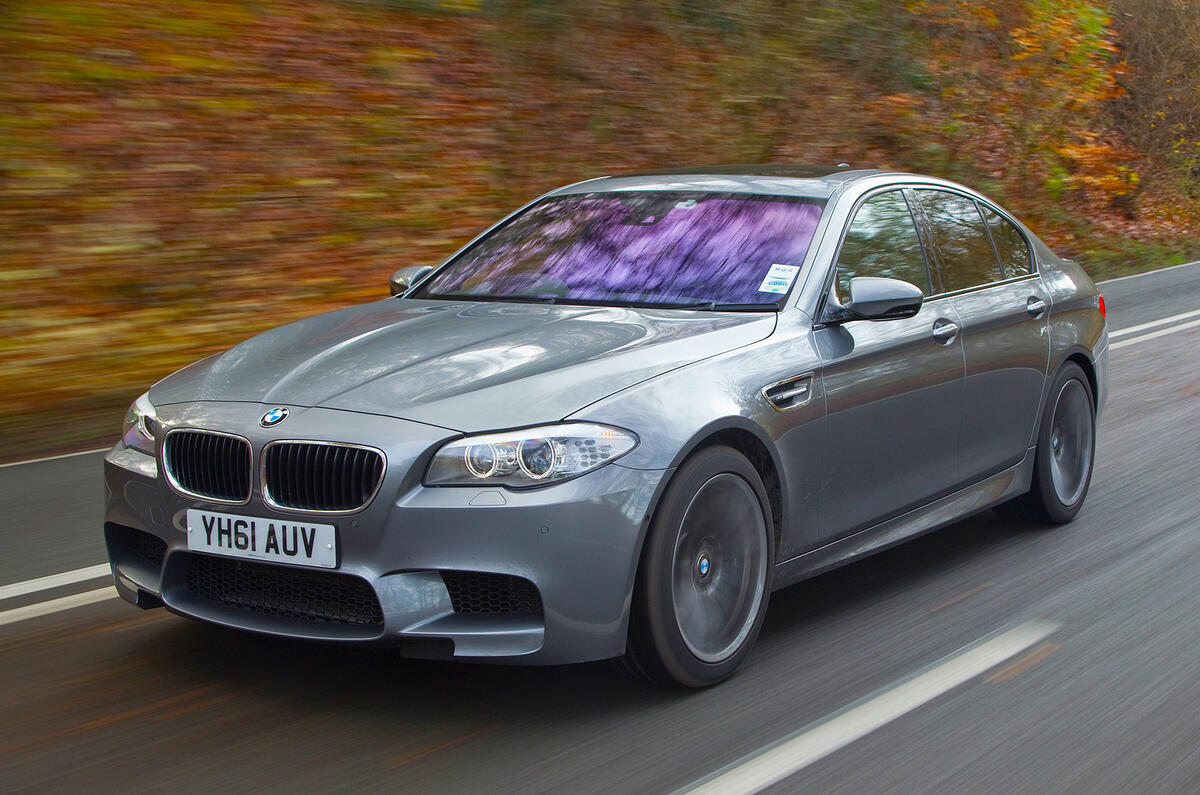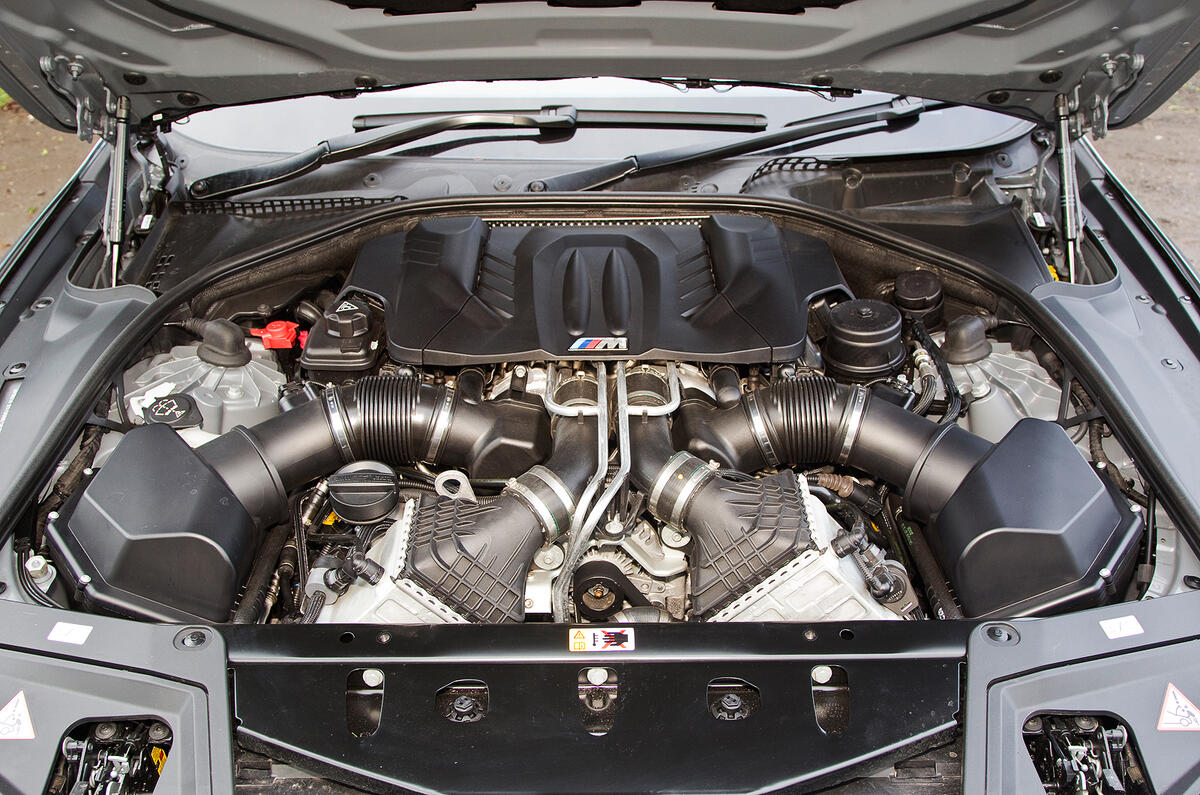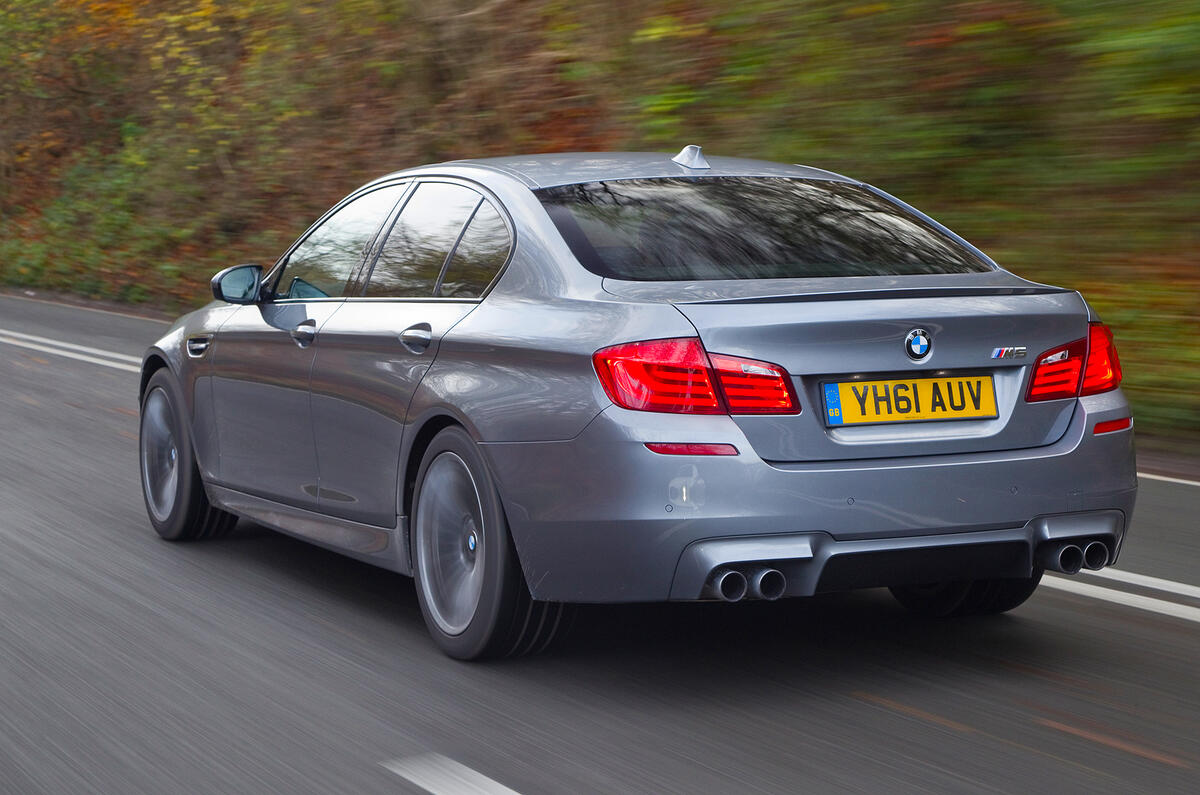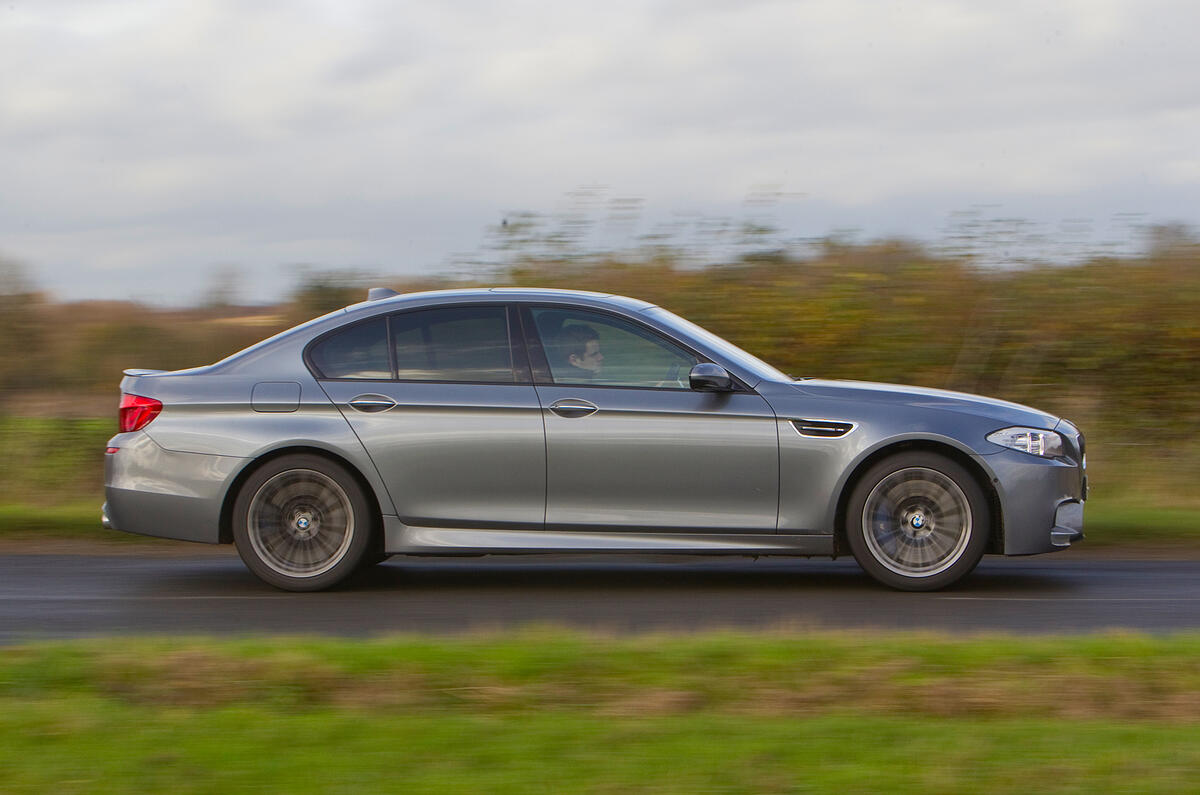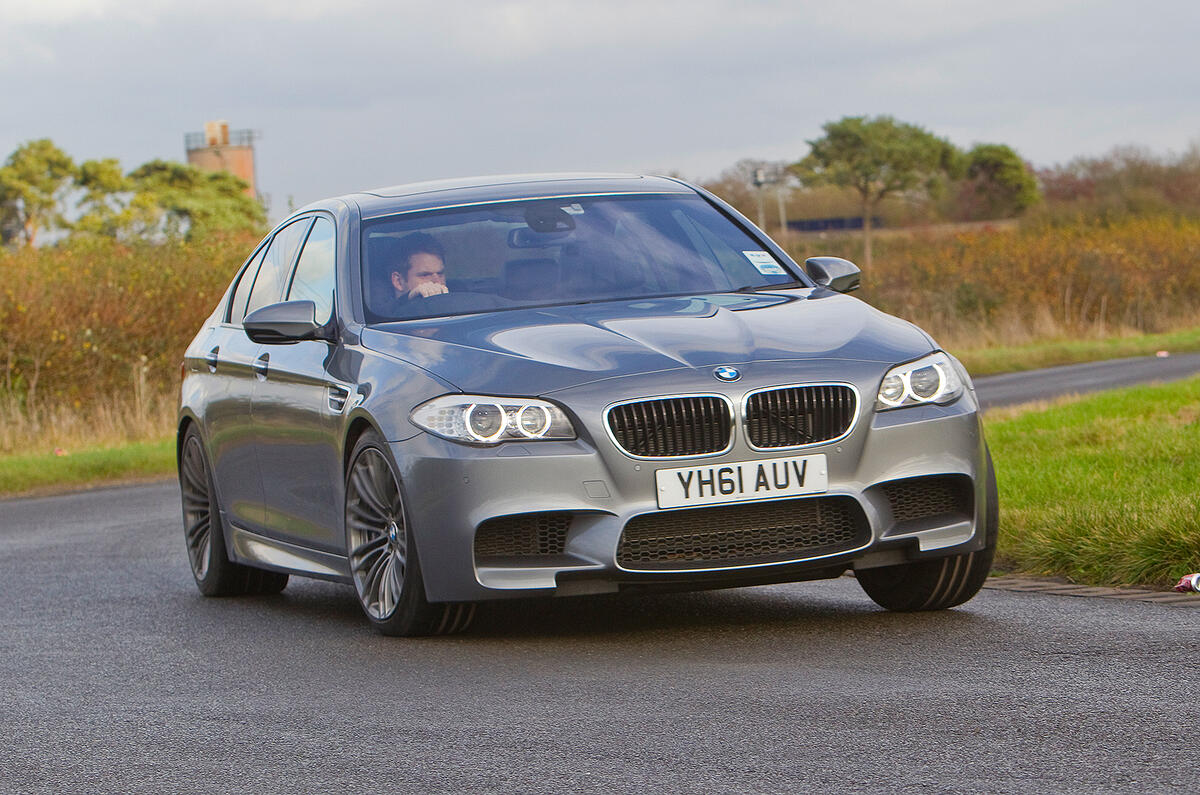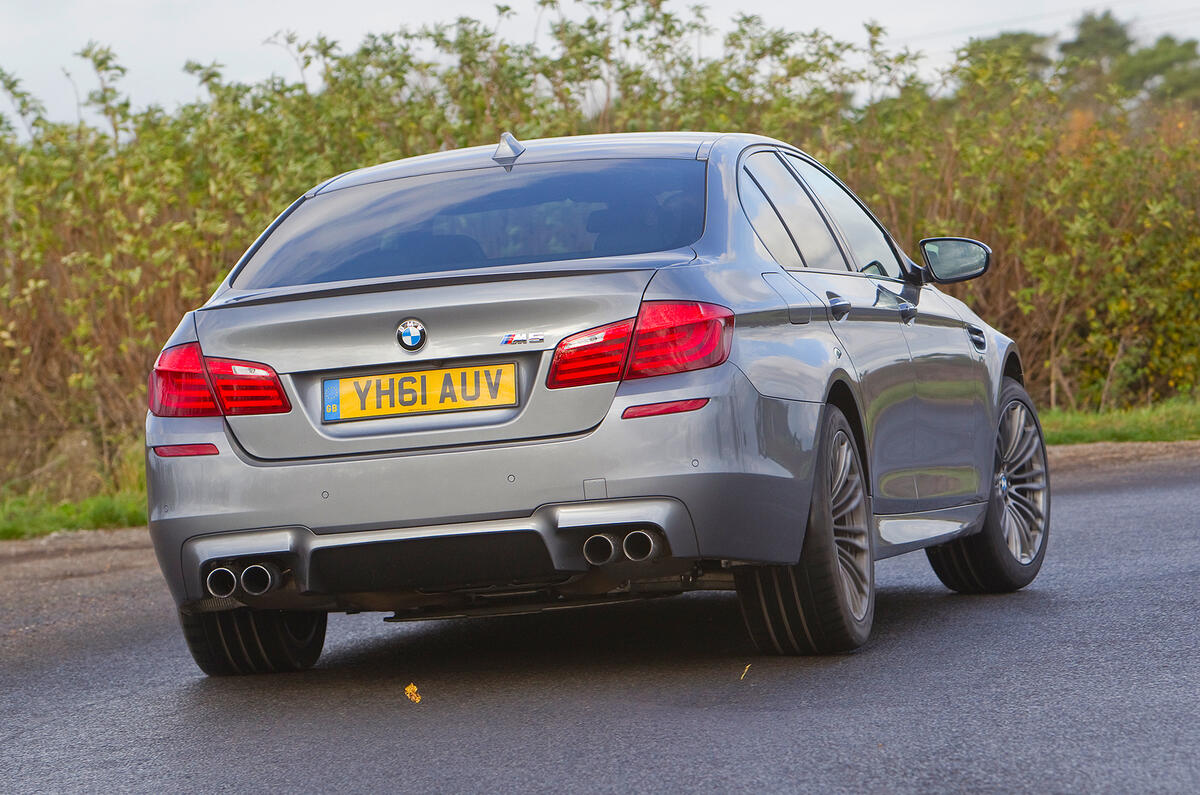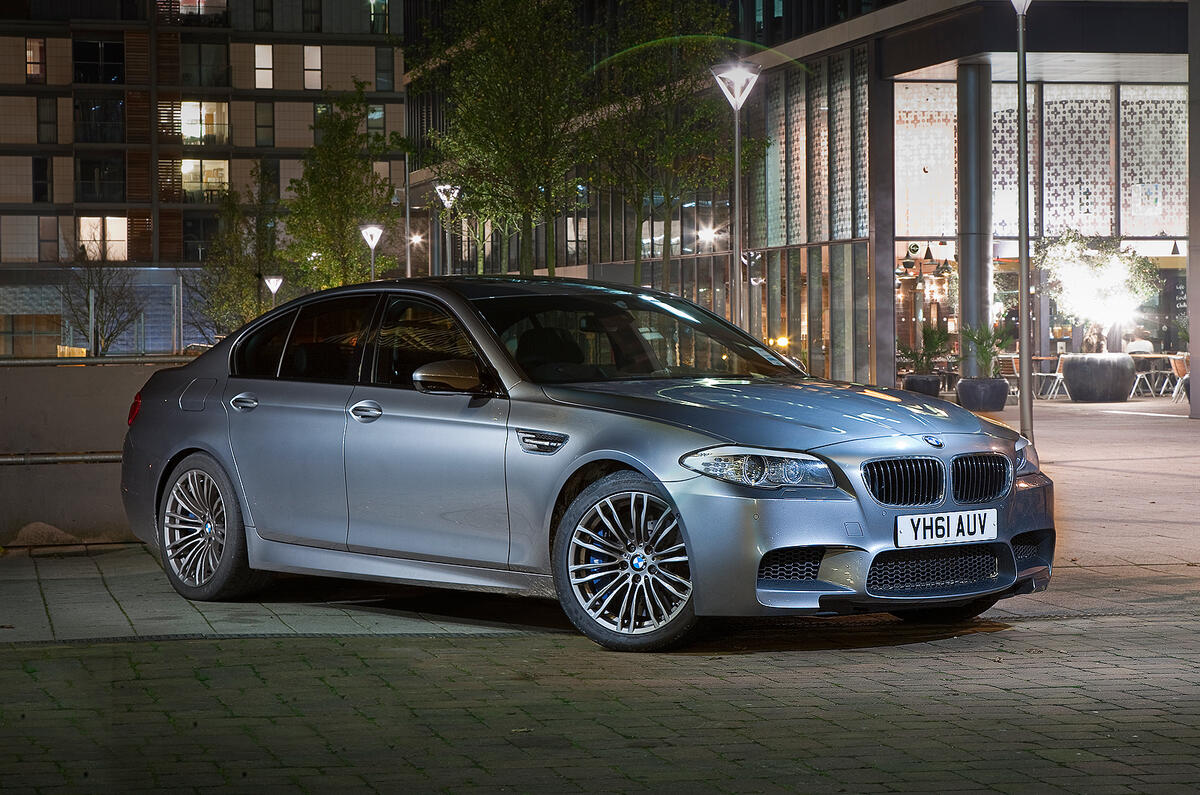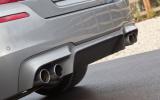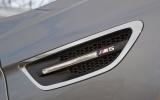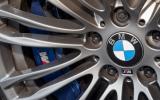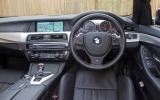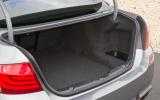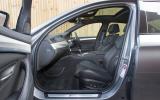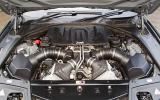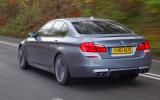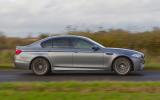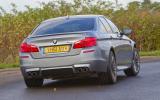Since its debut at the 1984 Amsterdam motor show, the BMW M5 has become the yardstick against which all other supersaloons are judged. The F10 generation, then, has much to live up to.
The idea of regression may be disagreeable, but it applies to the F10-generation BMW M5 whether its maker likes it or not. Never before has its Motorsport division replaced a go-faster saloon with one packing fewer cylinders than its direct antecedent.
And never before has it shunned a bigger, clean-revving, normally aspirated lump for ‘downsized’ turbocharging in one of its ‘blue chip’ performance saloons. Until now.
Because like it or lump it, as much as cars like the M5 represent an inconsequential drain on global resources compared to a big-selling family hatch, BMW has an environmental consciousness. And the days of tyre-shredding V10s are gone. A smaller cylinder count and turbocharging is the future, and we better get used to it.
Even so, one could imaging that BMW had to make the smaller-engined F10 M5 work that little bit harder to appeal to Top Trump-wielding car enthusiasts. And by heck, they’ve done a good job.
It’s not enough to turn the wick up on a turbocharger to deliver the big power and torque figures expected of an M5. It must be as easy to drive as a 520d at low speeds, and as sublimely controlled as a mid-engined sports car. Such a high benchmark is also burdening the 2017 M5, which will be available in both four-wheel and rear-wheel drive configurations.


